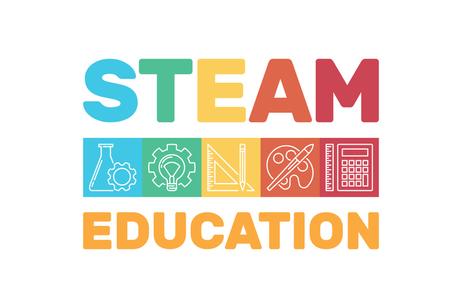As a classically trained musician descended from a long line of engineers, I have experienced the interplay and tension between my passion for music and my appreciation of how things work. When I studied trigonometry and Latin in high school, I never realized that STEM subjects would become a critical component of 21st-century primary and secondary education. Neither did I understand how the arts enriched my perspective on just about everything.
In today's rapidly changing world, we must prepare students for the challenges and opportunities that lie ahead. The focus on STEM has morphed into integrating arts subjects with STEM, creating the aggregation of disciplines we call STEAM. A STEAM education integrates science, technology, engineering, arts, and mathematics in a comprehensive and cohesive learning environment. Most private K-12 schools are well-equipped to teach the benefits of a STEAM education, thus providing their students with a strong foundation for future success in their life and work as adults.
In the explanation of STEAM and the subjects that comprise STEAM that follows, I have included quotations from various sites devoted to STEAM, so that you can explore the approach in detail.
The Interdisciplinary Approach of STEAM
The concept behind STEAM education is the idea that these five disciplines are interconnected and that we should adopt an integrated approach to teaching the various components. Combining subjects such as science, technology, engineering, arts, and mathematics, helps students develop a deeper understanding of how concepts and principles are applied across
























